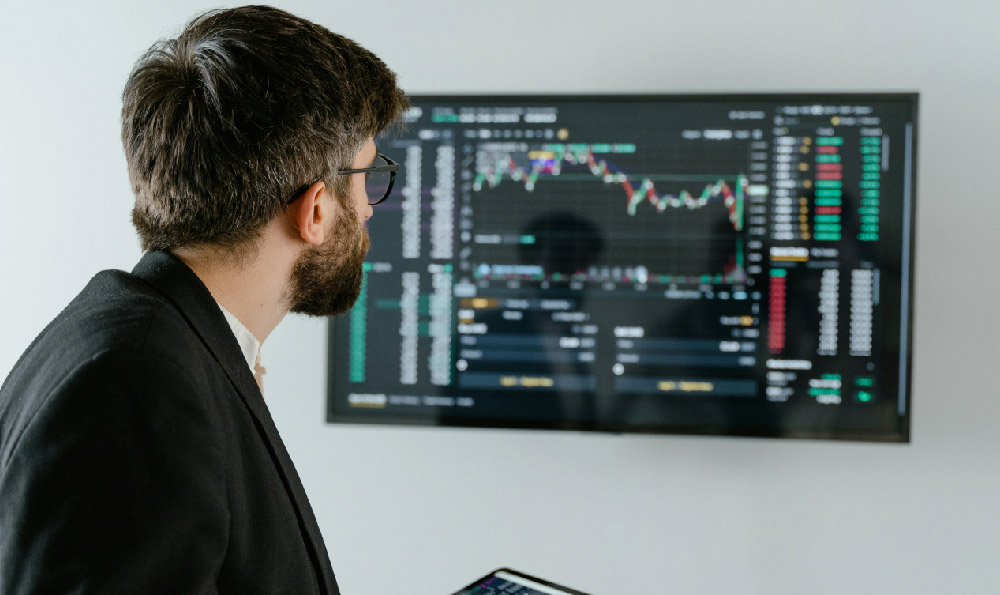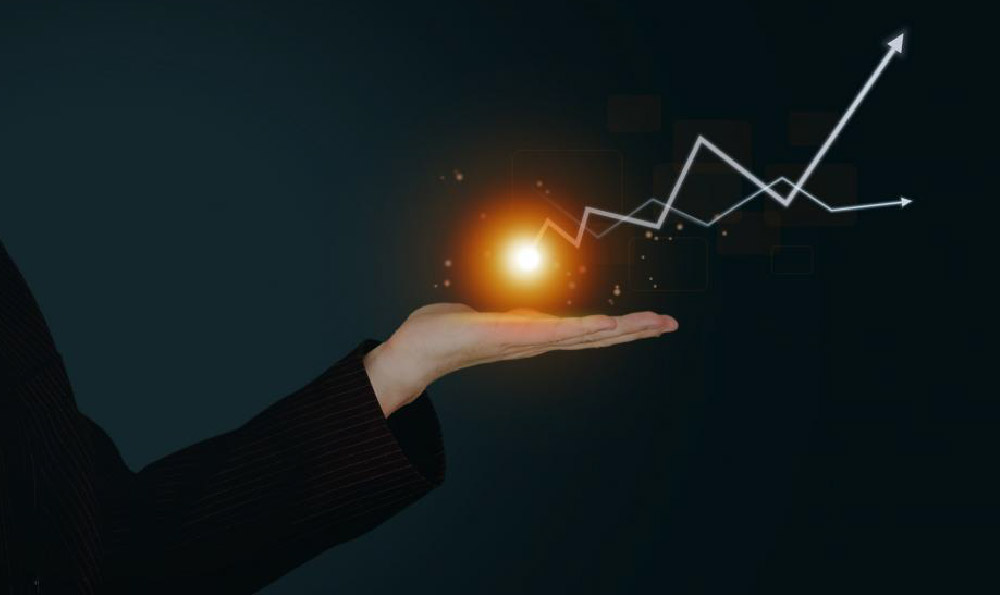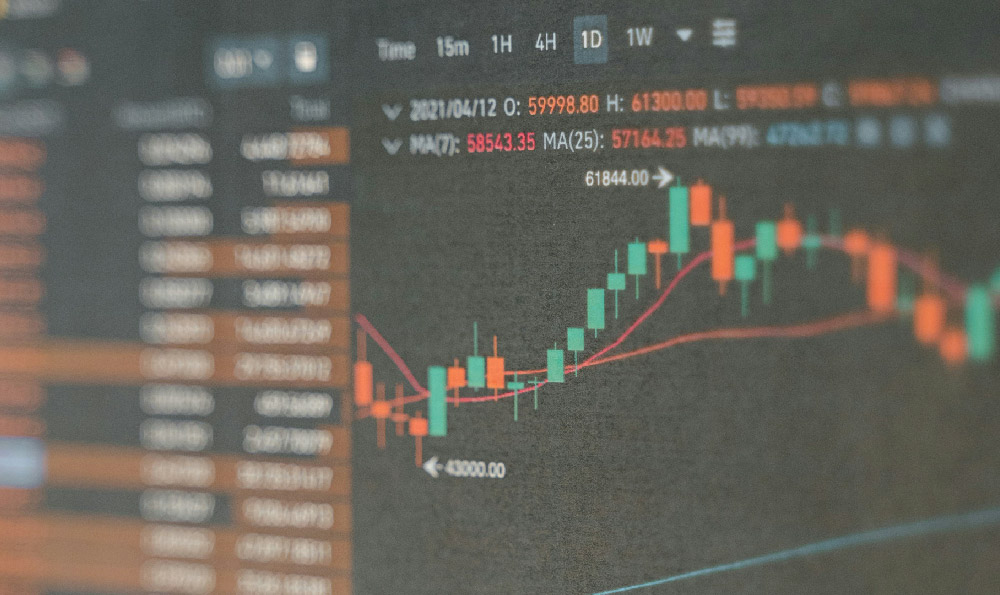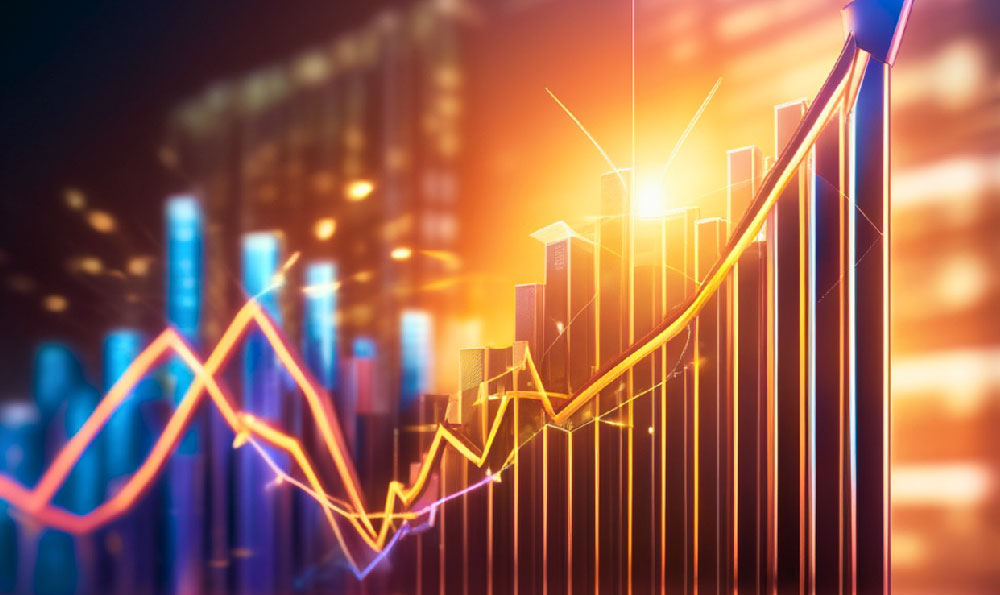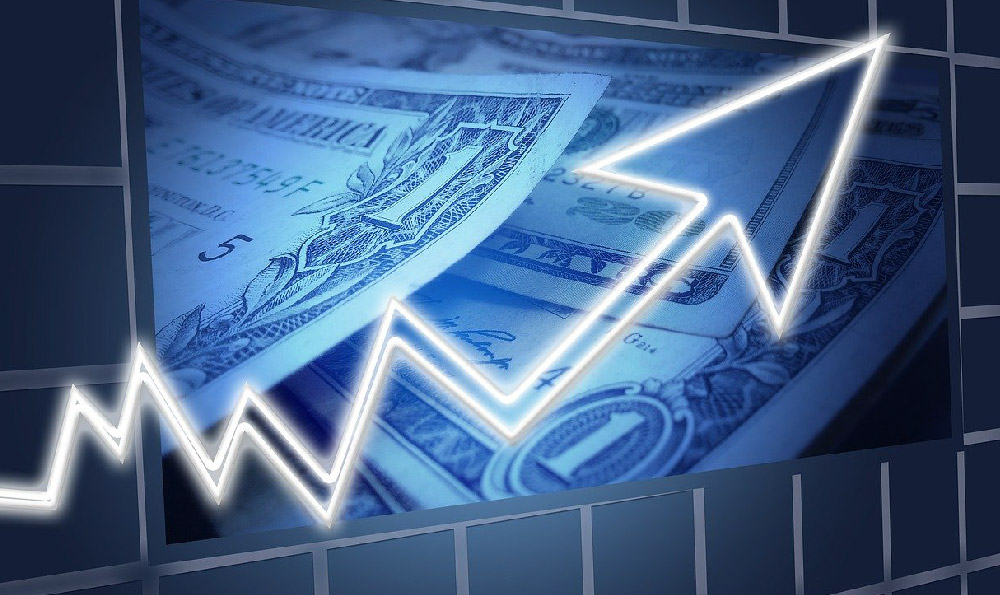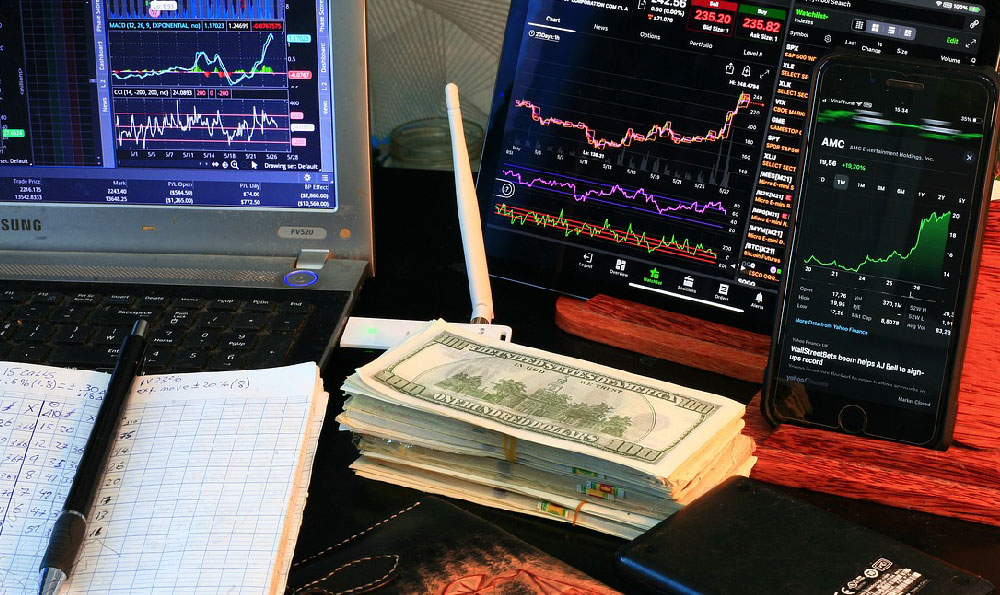Elon Musk's financial ascent is a compelling narrative of vision, risk, and relentless execution. He didn't inherit a vast fortune; his billions were self-made through a combination of entrepreneurial ventures and strategic investments. Understanding how he amassed his wealth requires dissecting his key projects and the underlying principles that guided his decisions.
Musk's journey began in South Africa, where he displayed an early aptitude for computing. He taught himself programming at a young age and, at just 12, sold his first software creation, a video game called Blastar, for $500. This early success foreshadowed his future entrepreneurial endeavors. Recognizing the limitations and opportunities in South Africa, he moved to Canada at 17, using his mother's Canadian citizenship as a pathway. He later transferred to the University of Pennsylvania, where he earned bachelor's degrees in economics and physics. These academic pursuits, while diverse, laid the foundation for his understanding of markets, technology, and innovation – essential tools for his future ventures.
A pivotal moment arrived when Musk decided to forgo a graduate program at Stanford University and instead plunged into the burgeoning world of the internet. In 1995, he co-founded Zip2 with his brother Kimbal. Zip2 provided online city guides to newspapers, helping them transition to the digital age. The venture proved remarkably successful, and in 1999, Compaq acquired Zip2 for $307 million in cash and $34 million in stock options. Musk, who held a 7% share, walked away with approximately $22 million. This windfall provided the initial capital for his next, even more audacious project.
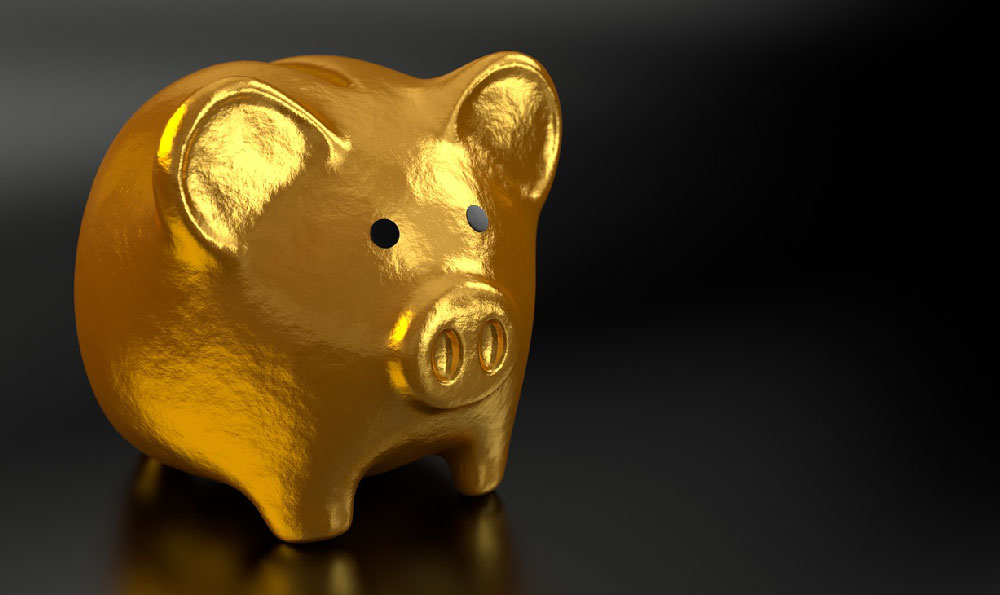
Rather than resting on his laurels, Musk immediately reinvested a significant portion of his Zip2 earnings into a new venture: X.com, an online financial services company. Recognizing the fragmented nature of online banking and the need for a unified platform, X.com aimed to revolutionize how people managed their money. A year later, X.com merged with Confinity, a company specializing in money transfers via PalmPilots. Confinity's main product was PayPal. The merger created a more comprehensive platform, but disagreements over leadership and strategy persisted. Eventually, Musk was ousted as CEO, but he remained a significant shareholder. In 2002, eBay acquired PayPal for $1.5 billion in stock. Musk, as the largest shareholder, received around $180 million after taxes.
This second substantial financial gain marked a turning point. Instead of diversifying his portfolio into safer, more conventional investments, Musk doubled down on his commitment to ambitious technological advancements. He used the PayPal money to fund two groundbreaking ventures: SpaceX and Tesla.
SpaceX, founded in 2002, aimed to revolutionize space travel by dramatically reducing costs and improving reliability. This was an incredibly risky endeavor, as the commercial space industry was in its infancy and the technical challenges were immense. Early launches faced repeated failures, pushing the company to the brink of collapse. However, Musk's unwavering belief in his vision, coupled with his relentless engineering approach, eventually paid off. SpaceX developed reusable rockets, significantly lowering the cost of space access, and secured lucrative contracts with NASA and other organizations. SpaceX demonstrated the art of first principles thinking. Musk didn't accept the existing status quo of rocketry. He broke down the components of a rocket to their raw materials and calculated the cost of building them himself, realizing significant cost savings were possible.
Tesla, founded in 2003 (though Musk joined and took on a leadership role later), aimed to accelerate the world's transition to sustainable energy. The electric car market was then niche, with electric vehicles largely perceived as underpowered and impractical. Tesla initially focused on building high-performance electric sports cars to demonstrate the potential of electric technology. Like SpaceX, Tesla faced numerous challenges, including technical difficulties, production delays, and financial constraints. Musk personally invested heavily in both companies, often putting his own fortune at risk to keep them afloat. The 2008 financial crisis nearly bankrupted both Tesla and SpaceX.
The turning point for Tesla came with the success of the Model S, a luxury sedan that garnered critical acclaim and demonstrated the viability of electric vehicles for a broader market. Tesla then expanded its product line to include the Model 3, a more affordable mass-market electric car, and the Model X, an electric SUV. The company has since expanded into energy storage with its Powerwall and Powerpack products, further solidifying its position as a leader in sustainable energy.
Beyond SpaceX and Tesla, Musk has also founded or acquired other ventures, including The Boring Company, which aims to revolutionize transportation through underground tunnels, and Neuralink, which is developing implantable brain-machine interfaces. These ventures, while still in their early stages, reflect Musk's continued commitment to pushing the boundaries of technology and addressing some of the world's most pressing challenges.
Musk's wealth isn't solely attributable to luck; it's the result of several key factors. His entrepreneurial spirit and willingness to take risks are paramount. He consistently invests in ventures with high potential but also high risk, understanding that significant rewards often require bold moves. He is known for his “first principles” thinking, breaking down complex problems into their fundamental components and developing innovative solutions. He also demonstrates a remarkable ability to attract and motivate talented engineers and scientists, building strong teams that can execute his ambitious visions. Furthermore, he possess exceptional tenacity and resilience, allowing him to persevere through setbacks and challenges that would deter many others. He doesn't give up easily and is willing to fight for his vision.
While Elon Musk's story is undeniably inspiring, it’s important to acknowledge the inherent risks associated with his approach. Investing in early-stage companies is inherently speculative, and not all ventures succeed. Musk has faced numerous setbacks and near-failures along the way, and his success is not guaranteed. His relentless work ethic and demanding management style have also been subject to scrutiny. Nevertheless, his journey serves as a testament to the power of innovation, risk-taking, and unwavering dedication to achieving ambitious goals.




